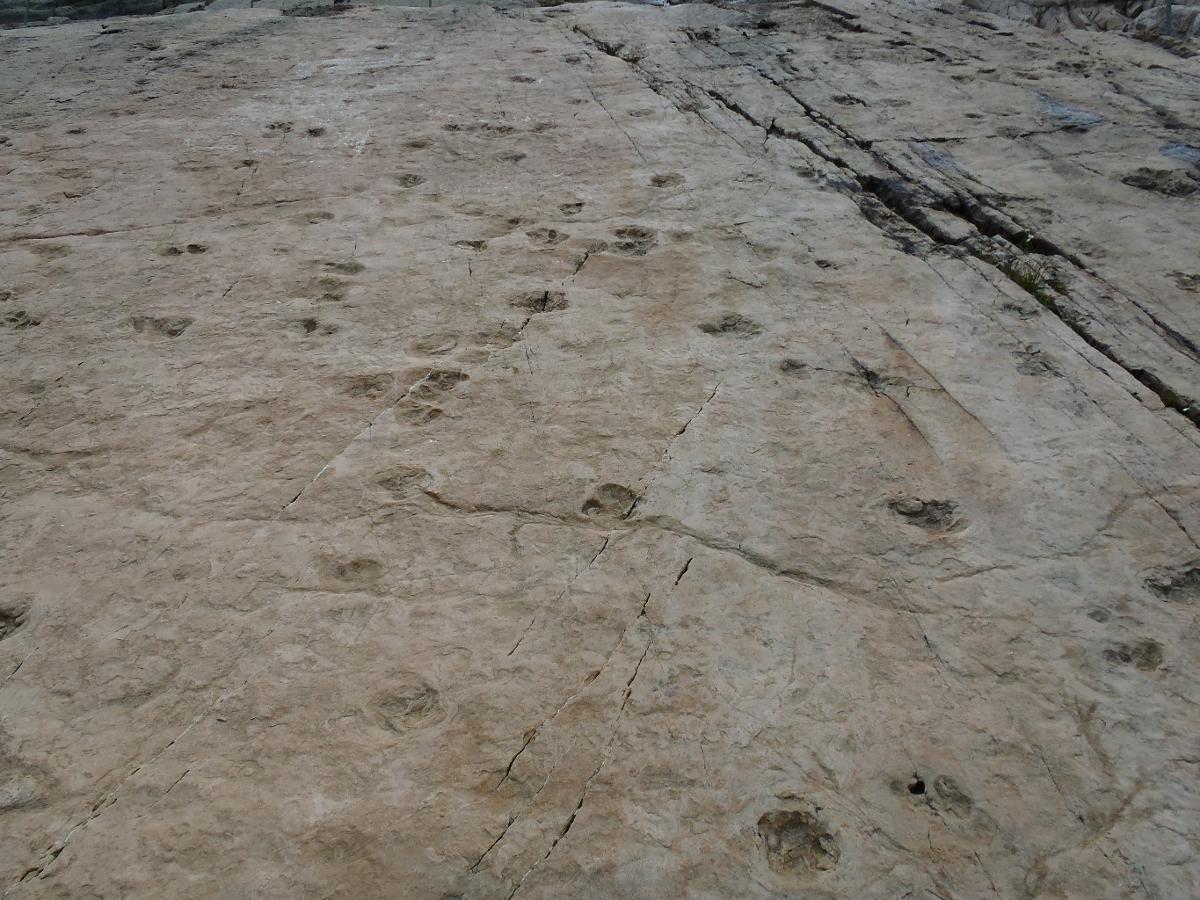The first dinosaurs in the fossil record appeared about two hundred and thirty million years ago, and early herbivorous dinosaurs spread rapidly. By the beginning of the Jurassic period, about two hundred million years ago, they had become abundant and large, and dominated Earth’s land ecosystems.
In 2021 a team of paleontologists reported their discovery of fossil evidence that these early herbivorous dinosaurs lived in socially cohesive herds. This evidence came in the form of the remains of a communal dinosaur nesting site in one-hundred-ninety-million-year-old early Jurassic rocks. The fossils were found in what is now southern Argentina.
The find included the fossils of over one hundred dinosaur eggs and the skeletons of eighty individuals, including hatchlings, juveniles, and adults. The distribution of the fossils within sedimentary rock indicates that the herd may have visited this area over a prolonged period of time.
Using X-ray tomographic imaging, the researchers looked at the fossilized embryos inside the eggs without cracking them open. All of the remains at the site were identified as belonging to a herbivorous dinosaur species called Mussaurus patagonicus. This is, by far, the oldest known evidence that dinosaurs exhibited the social cohesion and communal nesting habits of animals that live in herds.
Previously, the oldest known evidence of dinosaur herds was from a time forty million years later than the new remains. The fact that such evidence for social behavior has now been found in several different evolutionary lineages of dinosaurs indicates that the origin of this behavior may be even more ancient than the known fossils. Further discoveries in the oldest dinosaur-bearing deposits are needed to probe further into the origins of herding behavior.










